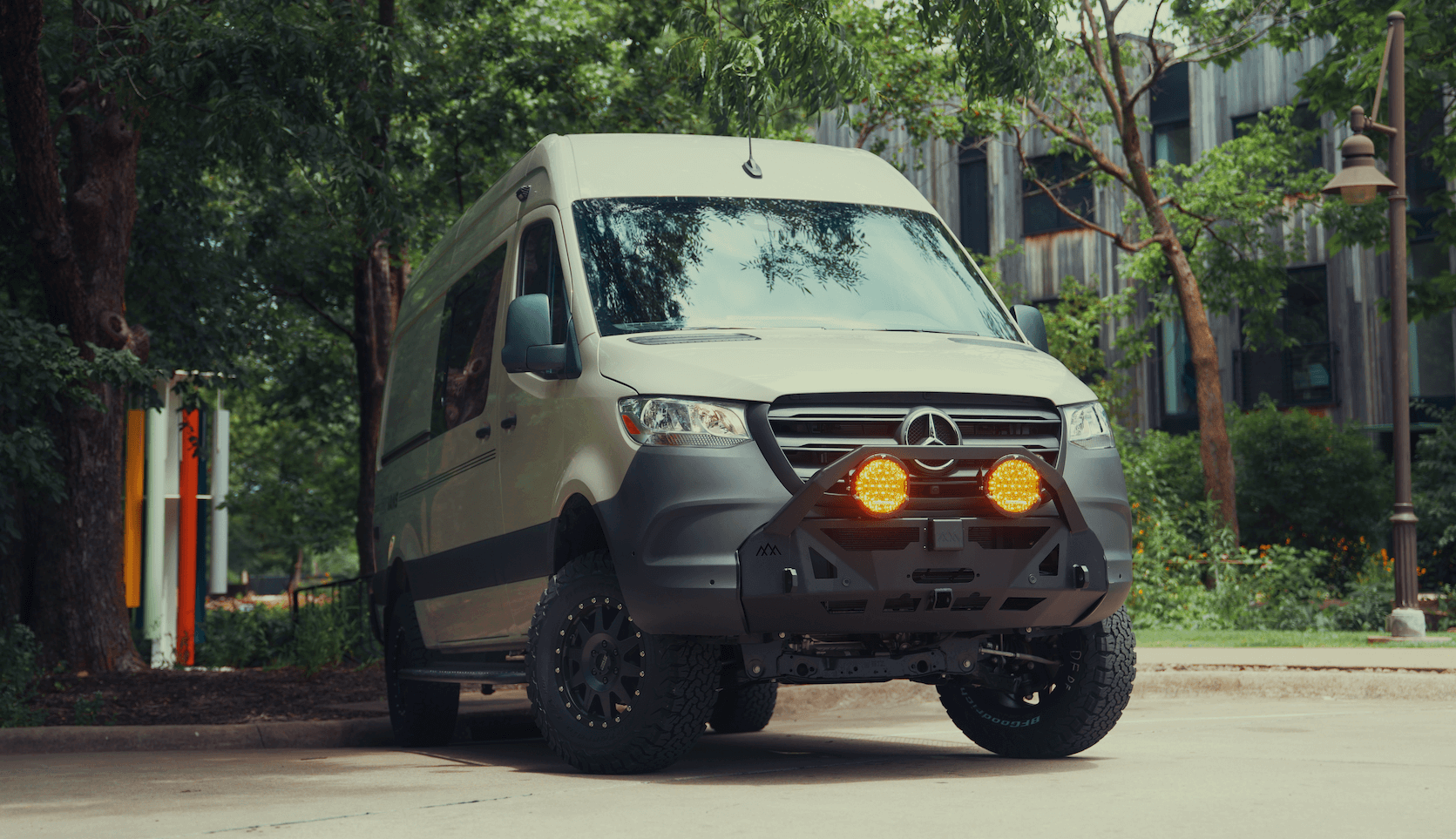Recreational Vans

On a 144 wheelbase van, usable roof space feels big until you place a deck, fan, and rails. The practical planning starts with a tape and a simple sketch. Note the distance from the windshield header to the rear cap, the inside rail width, and the exact placement of vents. Measure both length and width at the rail centers because roof lines taper. Map the deck area, any handrails, and the gap between deck slats if you intend to mount panels above the deck.
A single roof fan typically consumes a square about 16 by 16 inches plus trim space. Keep two to three inches around it for airflow and serviceability. Raised rack rails add shade lines, so record their height and spacing. A front fairing can cast a long shadow during low sun angles. This is why a paper layout or painter tape mockup pays off before you buy panels.
Rigid panels need airflow under the frame to stay efficient. One to two inches of standoff helps cooling and reduces heat soak into the roof. Deck boards add thickness, so confirm total stack height for garages and ferry limits. Keep weight centered and low. Fasteners must land in structural rack points, not thin sheet metal.
The number of panels that fit on a 144 roof with a deck depends on module dimensions more than watt labels. Typical rigid panel sizes to consider:
Residential modules often exceed the width or make service access difficult on a 144, so van builders usually favor narrow or long slim options. With a partial deck, a common result is two long slim panels ahead of the deck, or three narrow panels along one side.
Total capacity of 300 to 600 watts is realistic on a 144 roof with a deck. Decks that span the majority of the roof reduce counts to the low end unless you elevate panels above the deck plane.
Panel count is only part of the answer. Shade losses can erase the gain from squeezing in one extra module. Plan for sun angles, crossbars, antennas, and the deck railing.
Series wiring raises voltage and keeps current low for efficient runs to the charge controller, but shade on one module can pull the string down to the level of the worst performer. Parallel wiring maintains output when one module is shaded but requires heavier wire and larger fusing. Many van arrays use two strings of two panels each and combine them in parallel to balance both behaviors.
Modern panels include bypass diodes that let unshaded cell groups keep producing, but long shade lines across the short dimension still cut output. Space panels so rails do not cast steady shadows at midday. Leave room to clean dust and pollen. A quick rinse can recover noticeable wattage after a dusty trail day.
If your goal is dependable off grid charging on a 144 with a deck, start with a paper layout, choose long slim or narrow modules, and wire for shade resilience. Expect two to four rigid panels to fit most scenarios, yielding about 300 to 600 watts. Match panel count to your battery size and daily loads, and remember that summer sun, winter angles, and tree cover change real world results more than spec sheets.
OZK Customs designs roof decks and solar arrays that play well together. Our team plans clearances for fans, antenna mounts, and service access, then builds a secure mount that manages heat, wind, and wiring. Explore our Recreational vans, see options for a Custom build van, or browse Mainstream vans to find a ready platform.
Strong roof work is only part of the package. We integrate charge controllers, alternator charging, and storage that match your travel style so your deck stays functional and your batteries stay happy.
Tell us how you camp, how you drive, and how you charge. We will spec a clean, quiet solar and deck solution that fits your 144 roof and your plans.
Ready to dial in roof deck and solar without guesswork? Tell us your priorities and timeline. OZK Customs engineers compact arrays, secure decks, and clean wiring that hold up on the highway and off grid. Submit the form and let us spec your 144 roof the right way.
ADDRESS:
6159 E Huntsville Rd, Fayetteville, AR 72701
PHONE:
(479) 326-9200
EMAIL:
info@ozkvans.com